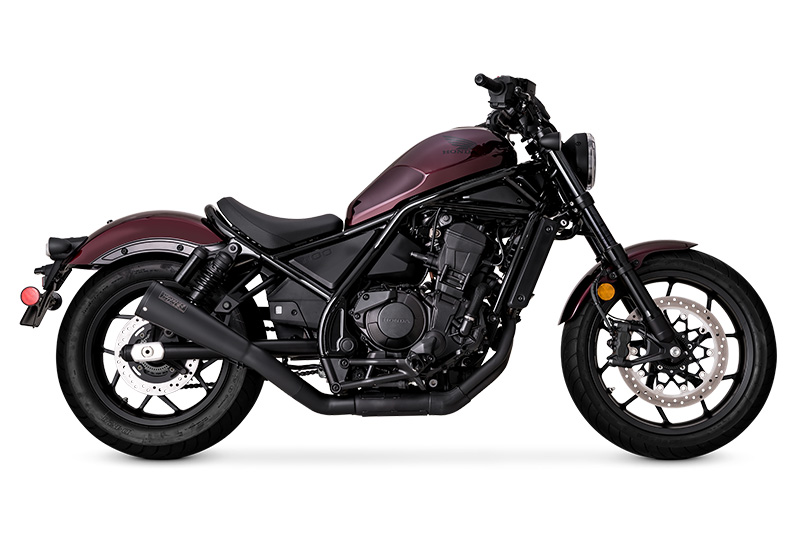
Motorcycles appeal to the inner child, and I believe nurturing that part of our psyche is best done in the garage, bolting parts onto our bikes, especially when they make cool vroom vroom noises. As much as we enjoyed riding the 2021 Honda Rebel 1100, we knew it could be better. So we called up Vance & Hines and ordered its Upsweep Slip-On exhaust.
Right out of the box, the level of quality on the V&H pipe is evident, from the matte black ceramic finish and classic Eliminator style end-cap to the laser-engraved riveted badging. Although it says “competition only,” that’s just part of V&H branding. The Upsweep Slip-On is street-legal and 50-state compliant.
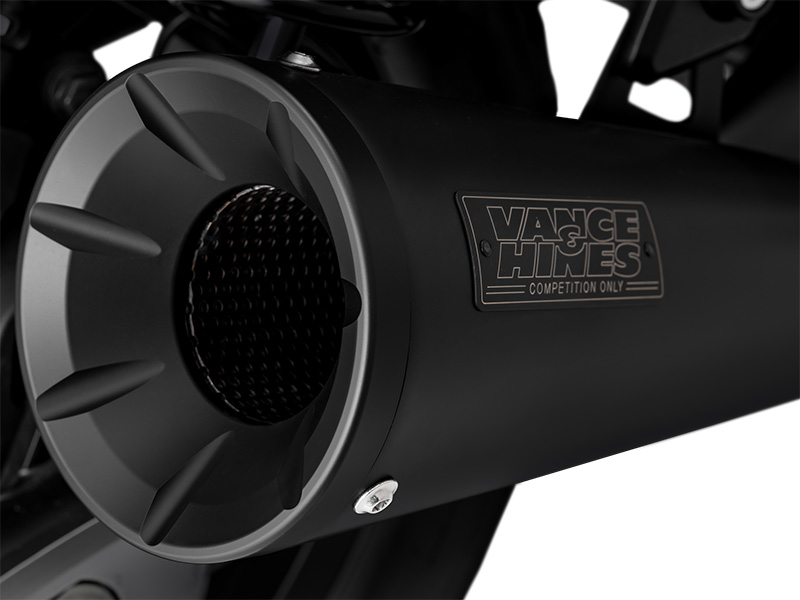
Since this is a cat-back slip-on — that is, only the part of the exhaust that’s aft of the catalytic converter is replaced — installation is straightforward. All you need are a few basic tools: 12mm combination wrench, 10mm and 12mm sockets, a driver, and 4mm and 6mm hex wrenches. Just loosen the clamp, remove the mounting bolt and remove the stock muffler and gasket. Installing the new pipe is basically the same thing in reverse, with the addition of a heat shield.
Whereas the Rebel 1100’s stock muffler dog-legs up to a fat silencer that runs parallel to the ground and obscures much of the rear wheel, as its name implies, the Upsweep Slip-On points upward, with a 4.5-inch rise. The muffler is shorter than stock and has an attractive tapered-cone shape, increasing both style and cornering clearance. And it shaves 5.5 pounds off the bike.
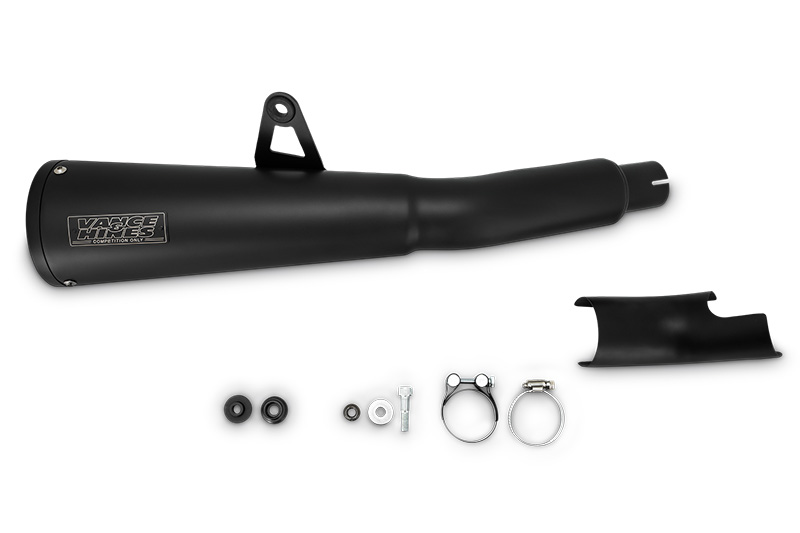
In back-to-back testing on Jett Tuning’s dyno, the V&H exhaust yielded an additional 3.2 horsepower and 2.3 lb-ft of torque near redline at 7,500 rpm. Low-rpm is where it matters most on a cruiser, and below 4,000 rpm the V&H exhaust added as much as 2.4 horsepower and 4.3 lb-ft of torque. In the midrange, differences were negligible. Given that this is a straightforward bolt-on exhaust that doesn’t run afoul of the guv’mint, modest gains are acceptable.
Where the V&H slip-on really stands out is the deeper, more resonant sound it produces. The stock exhaust is pretty ho-hum, but the Upsweep Slip-On emits a robust bellow that’s music to my ears and brings the Rebel 1100’s parallel-twin alive. Twist the grip, smile, repeat. The V&H pipe is louder than stock but isn’t obnoxious and meets SAE J2825 sound standards, though wearing earplugs on the freeway is a good idea.
Cool looks, less weight, added performance, and great sound, all for just $499.99.
For more information: See your dealer or visit vanceandhines.com
The post Vance and Hines Upsweep Slip-On Exhaust | Gear Review first appeared on Rider Magazine.
Source: RiderMagazine.com

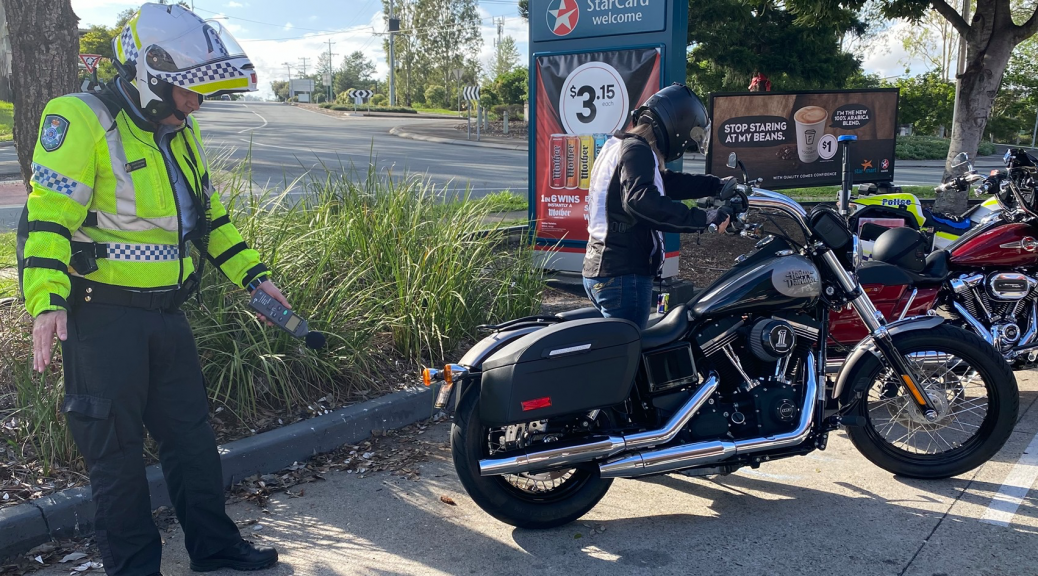
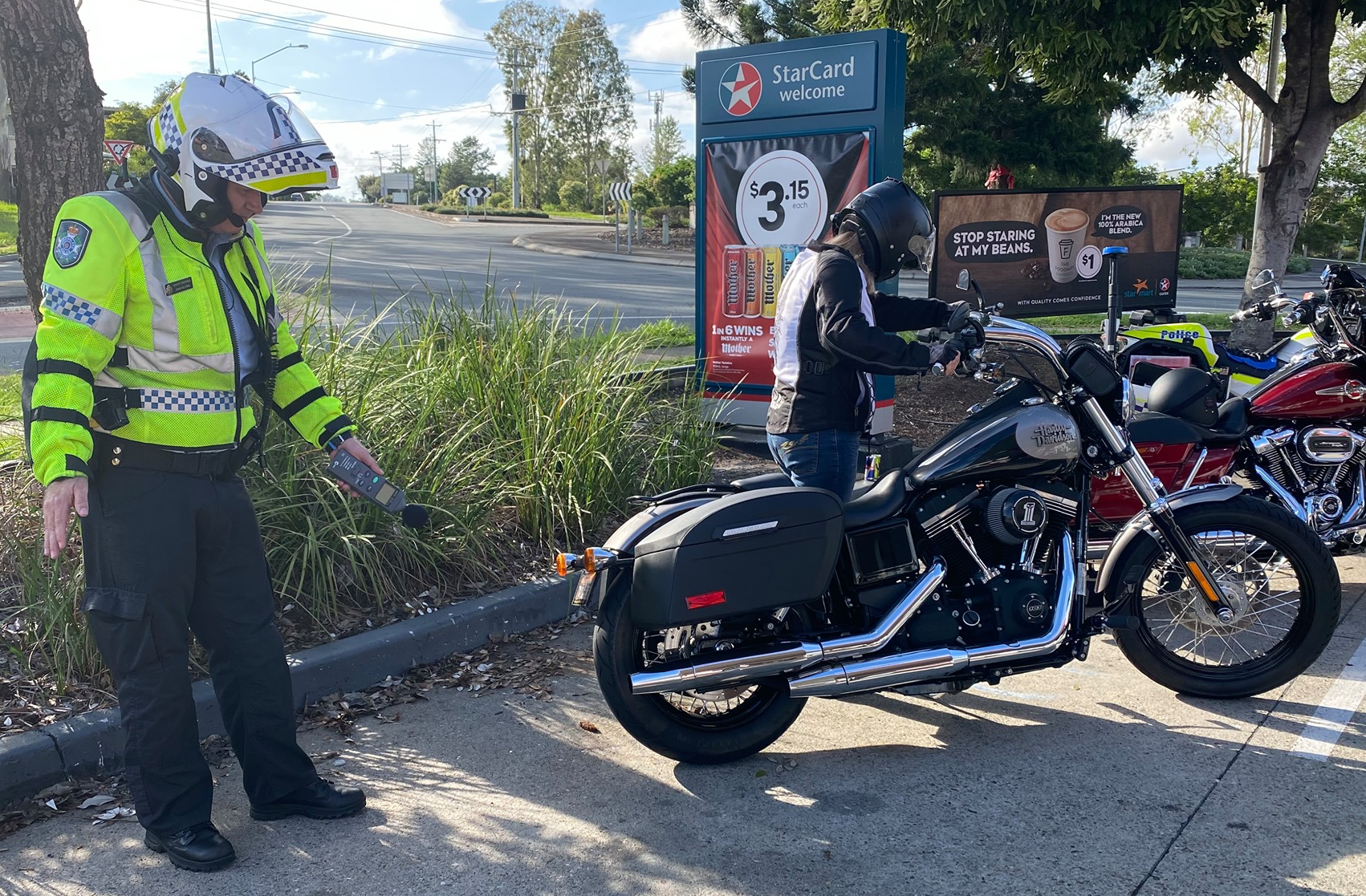
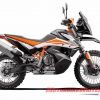








 Police conduct roadside noise test at Mt Tamborine
Police conduct roadside noise test at Mt Tamborine



 2020 Indian FTR 1200 Carbon
2020 Indian FTR 1200 Carbon
 Paris noise camera
Paris noise camera Police conduct roadside noise test at Mt Tamborine
Police conduct roadside noise test at Mt Tamborine






